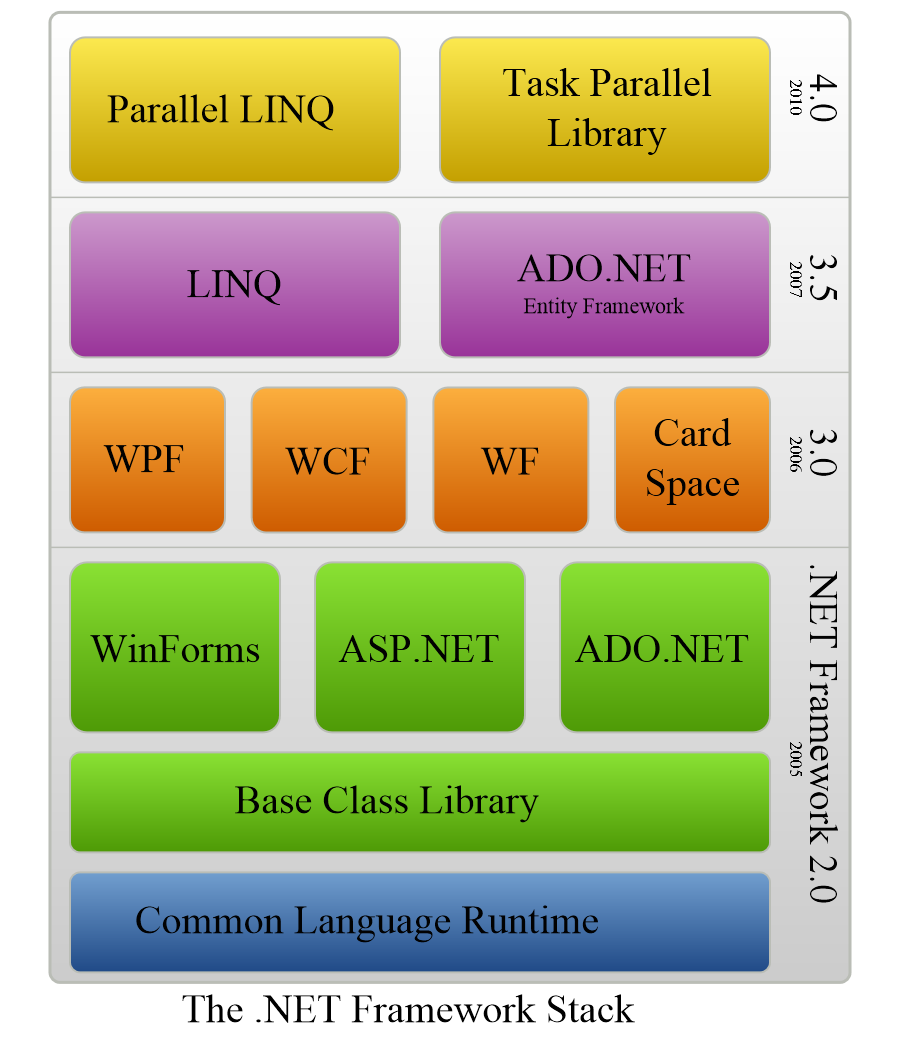Dot Net Presentation
| Introduction to .NET | ||
|---|---|---|
| .NET is a software development framework developed by Microsoft. It provides a programming model and a runtime environment to build and run applications. .NET supports multiple languages such as C#, VB.NET, and F#. | ||
| 1 | ||
| Key Features of .NET | ||
|---|---|---|
| Interoperability: .NET allows integration of different technologies and platforms. Common Language Runtime (CLR): It provides memory management and exception handling. Base Class Library (BCL): A collection of reusable classes and methods for common tasks. | ||
| 2 | ||
| .NET Framework Components | ||
|---|---|---|
| ASP.NET: Used for building web applications and services. Windows Forms: Enables the development of desktop applications. ADO.NET: Provides data access to various data sources. | ||
| 3 | ||
| Benefits of Using .NET | ||
|---|---|---|
| Rapid Application Development (RAD): .NET offers a wide range of pre-built components and tools that accelerate development. Language Independence: Developers can use multiple programming languages within the .NET framework. Security: .NET provides robust security features to protect applications from vulnerabilities. | ||
| 4 | ||
| Integrated Development Environment (IDE) | ||
|---|---|---|
| Visual Studio: Microsoft's flagship IDE for .NET development. Offers a range of features like code editing, debugging, and deployment tools. Supports various project types including web, desktop, and mobile applications. | ||
| 5 | ||
| Deployment Options for .NET Applications | ||
|---|---|---|
| Self-contained deployment: Including the runtime and dependencies in the application package. Framework-dependent deployment: Requiring the target machine to have the correct .NET runtime installed. Azure App Service: Hosting .NET applications in a scalable and managed environment. | ||
| 6 | ||
| .NET Core vs. .NET Framework | ||
|---|---|---|
| .NET Core: Cross-platform, open-source framework for building modern applications. .NET Framework: Windows-only framework with a long history and extensive libraries. .NET Core is recommended for new projects, while .NET Framework is suitable for Windows-centric applications. | ||
| 7 | ||
| Community and Support | ||
|---|---|---|
| Active and growing community of developers and users. Microsoft provides regular updates, documentation, and support for .NET. Online forums, tutorials, and resources are available for troubleshooting and learning. | ||
| 8 | ||
| Future of .NET | ||
|---|---|---|
| .NET 5: The next major release of .NET Core, unifying the .NET Framework and .NET Core. Continued focus on cross-platform development and modernization. Integration with cloud technologies and containerization. | ||
| 9 | ||
| Conclusion | ||
|---|---|---|
| .NET is a powerful and versatile framework for building various types of applications. It offers a wide range of features, tools, and support for developers. With its continuous evolution and strong community, .NET remains a popular choice for software development. | ||
| 10 | ||








.png)
